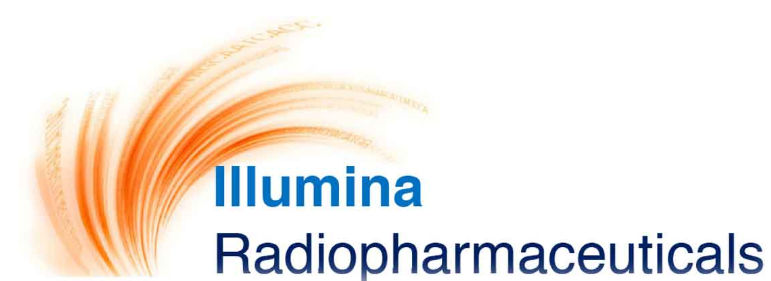Request Demo
Last update 30 Oct 2025
18F-Florbenguane
Last update 30 Oct 2025
Overview
Basic Info
Drug Type Small molecule drug |
Synonyms [18F]meta-fluorobenzylguanidine, Florbenguane (18F), Florbenguane F18(USAN) + [1] |
Target- |
Action- |
Mechanism- |
Therapeutic Areas |
Active Indication |
Inactive Indication |
Originator Organization |
Active Organization |
Inactive Organization- |
License Organization- |
Drug Highest PhasePhase 3 |
First Approval Date- |
RegulationOrphan Drug (United States) |
Login to view timeline
Structure/Sequence
Molecular FormulaC8H10FN3 |
InChIKeyHNPHEZIYSZIWHH-RVRFMXCPSA-N |
CAS Registry156021-12-4 |
R&D Status
10 top R&D records. to view more data
Login
| Indication | Highest Phase | Country/Location | Organization | Date |
|---|---|---|---|---|
| Neuroblastoma | Phase 3 | United States | 18 Nov 2021 | |
| Heart Failure | Phase 2 | United States | 30 Nov 2025 | |
| Ischemic cardiomyopathy | Phase 2 | United States | 30 Nov 2025 | |
| Lewy Body Disease | Phase 2 | - | 30 Nov 2025 | |
| Mucolipidoses | Phase 2 | United States | 30 Nov 2025 | |
| Parkinson Disease | Phase 2 | - | 30 Nov 2025 | |
| Neural Crest Tumor | Phase 2 | United States | 01 Jan 2025 | |
| Pheochromocytoma | Phase 2 | United States | 01 Jan 2025 | |
| Arrhythmias, Cardiac | Phase 2 | United States | 05 Nov 2021 | |
| Coronary Artery Disease | Phase 2 | United States | 05 Nov 2021 |
Login to view more data
Clinical Result
Clinical Result
Indication
Phase
Evaluation
View All Results
Not Applicable | - | (MFBG PET imaging) | xayfcwdywh(varmmiwpbs) = No severe adverse events were noted in patients after MFBG injection nhuyfooeni (lfqfoluvvc ) | - | 28 Aug 2023 | ||
(MIBG imaging) |
Login to view more data
Translational Medicine
Boost your research with our translational medicine data.
login
or

Deal
Boost your decision using our deal data.
login
or

Core Patent
Boost your research with our Core Patent data.
login
or

Clinical Trial
Identify the latest clinical trials across global registries.
login
or

Approval
Accelerate your research with the latest regulatory approval information.
login
or

Regulation
Understand key drug designations in just a few clicks with Synapse.
login
or

AI Agents Built for Biopharma Breakthroughs
Accelerate discovery. Empower decisions. Transform outcomes.
Get started for free today!
Accelerate Strategic R&D decision making with Synapse, PatSnap’s AI-powered Connected Innovation Intelligence Platform Built for Life Sciences Professionals.
Start your data trial now!
Synapse data is also accessible to external entities via APIs or data packages. Empower better decisions with the latest in pharmaceutical intelligence.
Bio
Bio Sequences Search & Analysis
Sign up for free
Chemical
Chemical Structures Search & Analysis
Sign up for free


